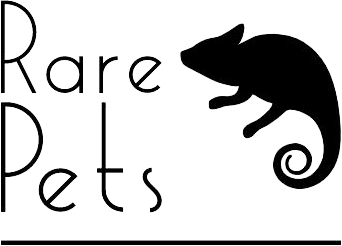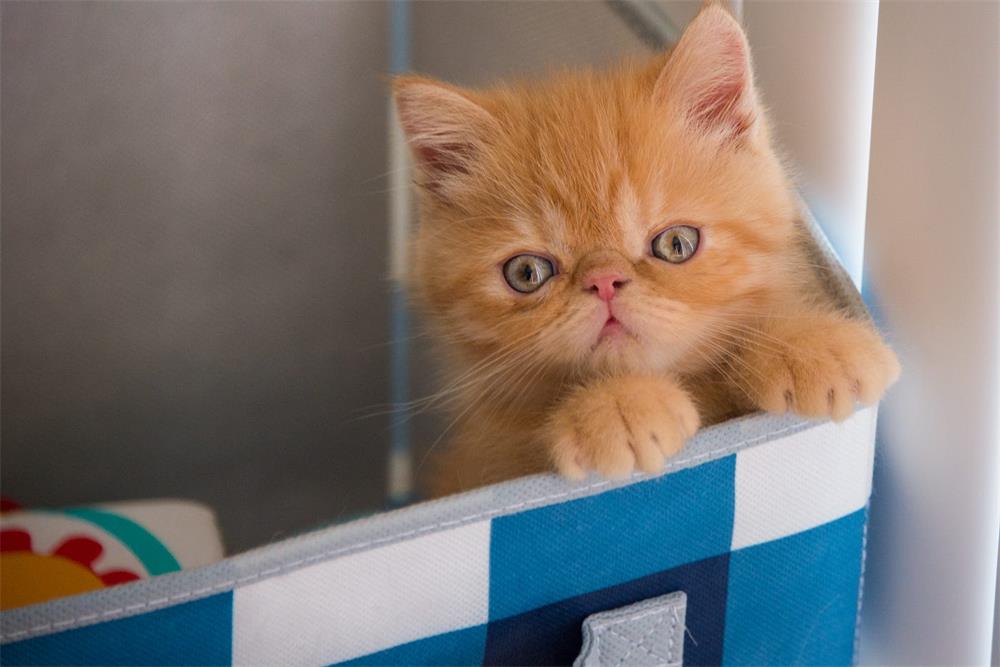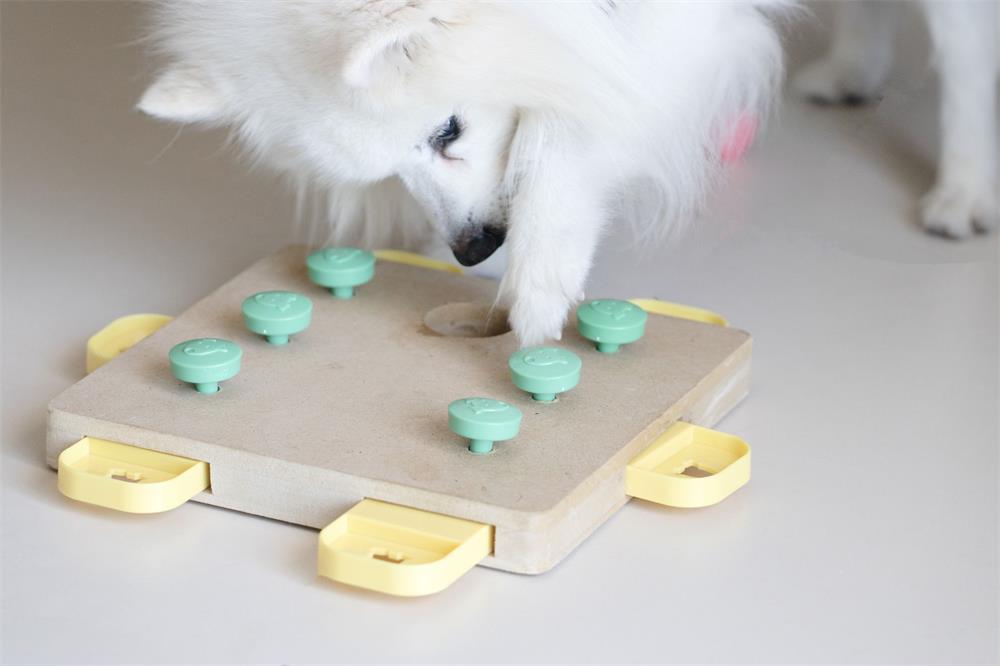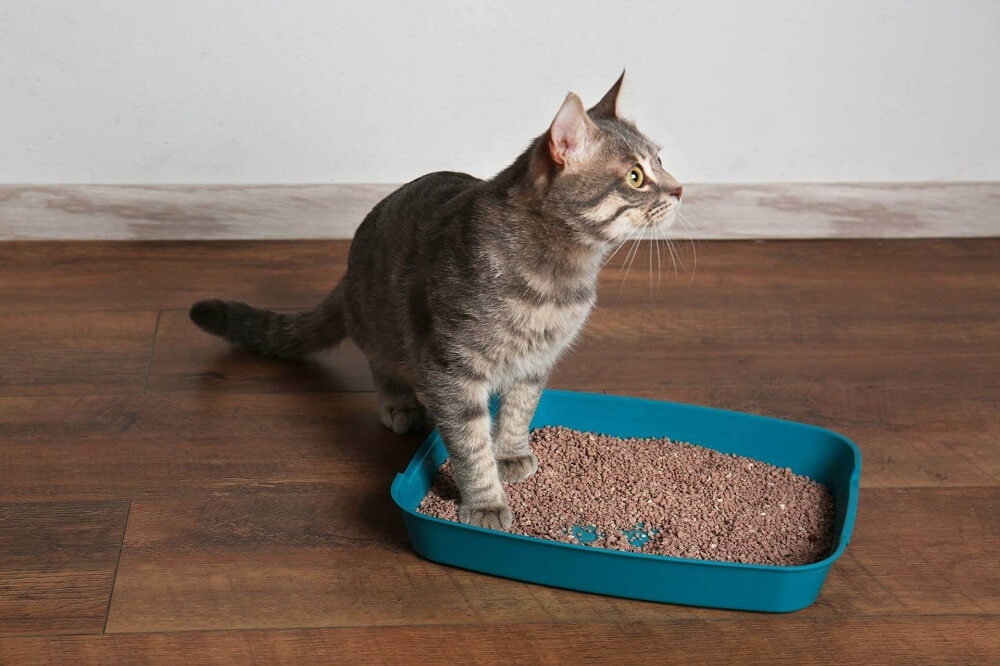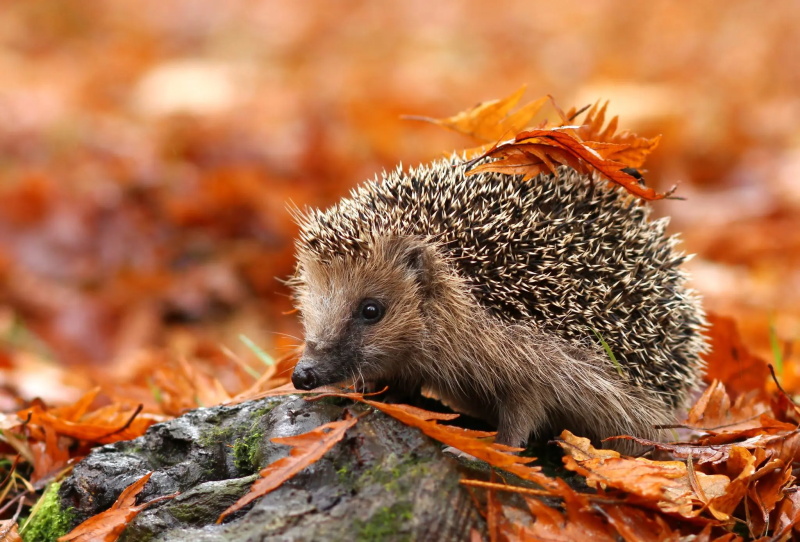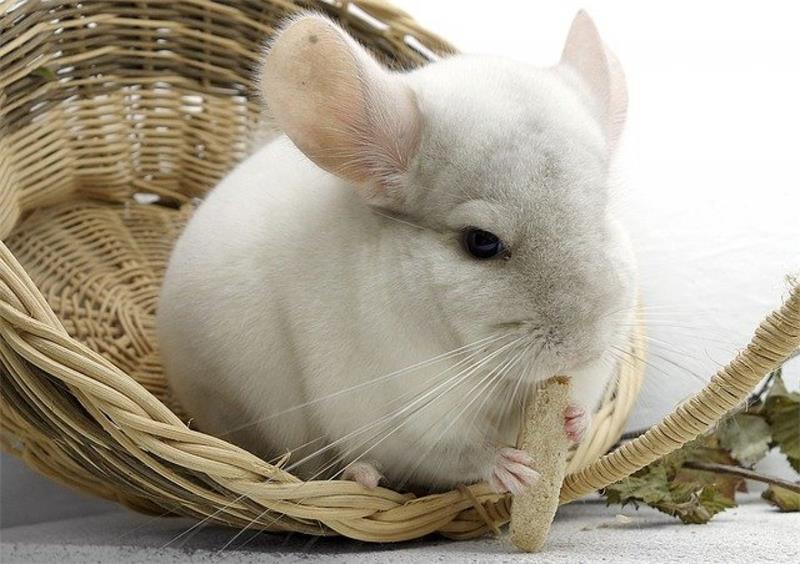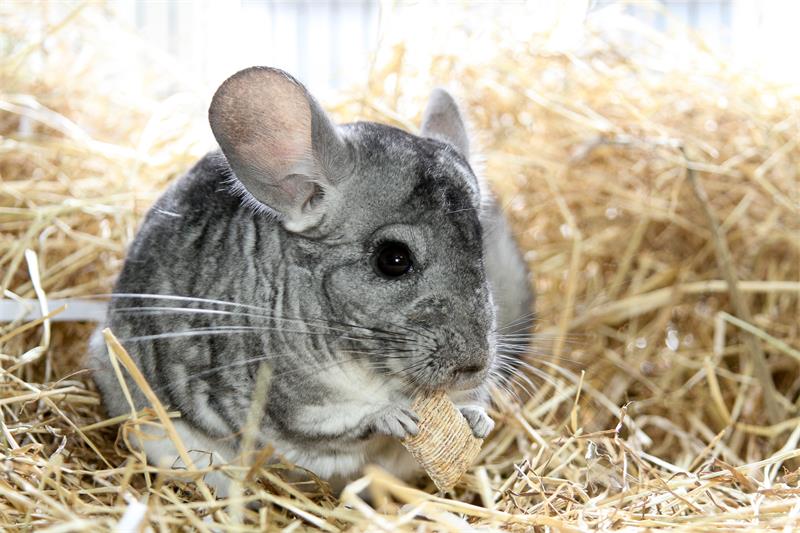A demonstration of how to brush your chinchilla’s fur, check for mats or parasites, and clip their nails safely and painlessly.
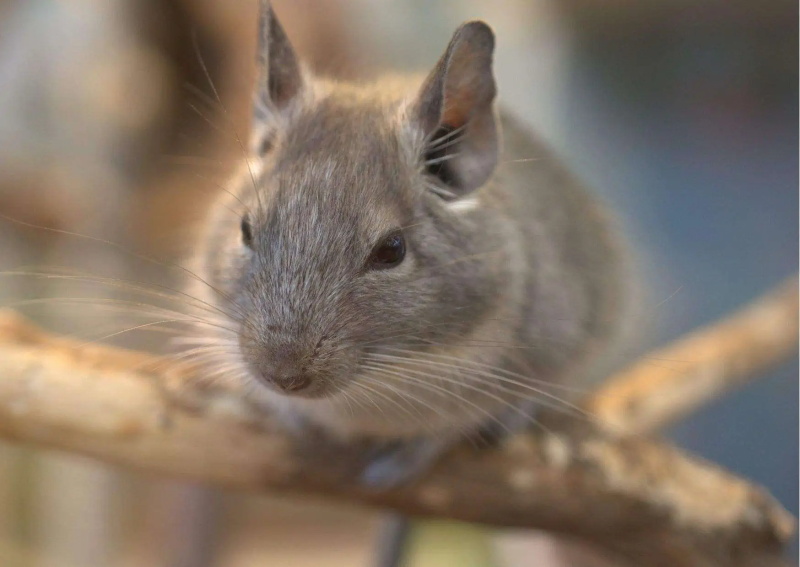
Table of Contents
Chinchillas are cute and cuddly rodents that have thick and soft fur that makes them very appealing as pets. However, their fur also requires special care and attention to keep it clean, healthy, and beautiful. In this article, we will show you how to groom your chinchilla and trim their nails in a safe and painless way. We will also demonstrate how to brush your chinchilla’s fur, check for mats or parasites, and clip their nails with the right tools and techniques.
Why Do You Need to Groom Your Chinchilla?
Chinchillas are very clean animals that groom themselves regularly with their tongue and front paws. They also take dust baths to remove excess oil and dirt from their fur. However, sometimes they may need some extra help from you to keep their fur in optimal condition. Here are some reasons why you need to groom your chinchilla:
- To prevent mats. Mats are clumps of fur that get tangled and stuck together. They can form when your chinchilla’s fur gets wet, dirty, or oily. Mats can cause discomfort, irritation, skin infections, or even fur loss for your chinchilla. By brushing your chinchilla’s fur regularly, you can prevent mats from forming or remove them gently if they do occur.
- To check for parasites. Parasites are organisms that live on or in your chinchilla’s body and feed on their blood or nutrients. They can cause itching, inflammation, hair loss, anemia, or other health problems for your chinchilla. Some common parasites that can affect chinchillas are fleas, mites, lice, fungus, and ringworm. By grooming your chinchilla regularly, you can inspect their fur and skin for any signs of parasites or infections.
- To trim their nails. Chinchillas have long and sharp nails that grow continuously throughout their lives. They need to wear them down by scratching on rough surfaces or chewing on wood. However, sometimes their nails may grow too long or too fast for them to manage on their own. Long nails can cause problems for your chinchilla, such as difficulty walking, curling into the pads of their feet, injury to themselves or others, or infection. By trimming your chinchilla’s nails regularly, you can keep them at a comfortable length and prevent these issues.
- To bond with your chinchilla. Grooming your chinchilla is not only good for their physical health but also for their mental and emotional well-being. Grooming can be a relaxing and enjoyable activity for both you and your chinchilla. It can help you establish trust and rapport with your pet and make them feel loved and cared for.
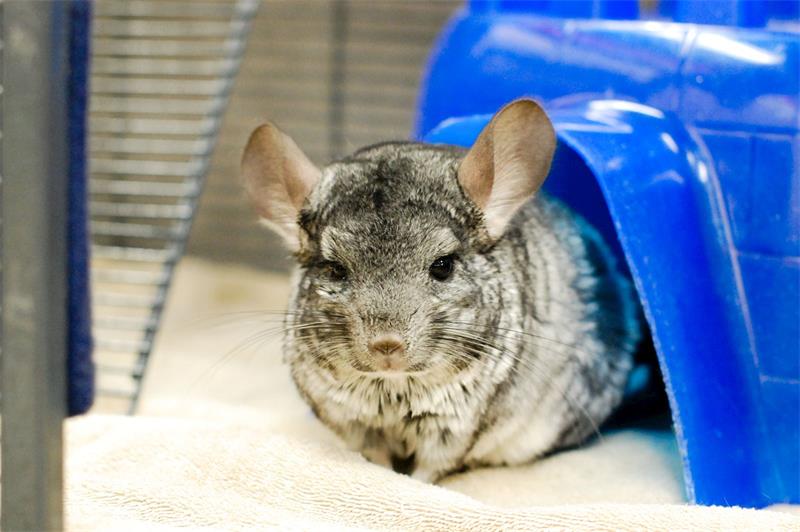
What Do You Need to Groom Your Chinchilla?
To groom your chinchilla properly, you will need some tools and supplies that are suitable for their delicate fur and nails. Here are some of the things you will need:
- A dust bath: A dust bath is a container filled with special chinchilla dust that is made of fine pumice or volcanic ash. Chinchillas use dust baths to clean their fur by rolling around in the dust and shaking it off. The dust absorbs any excess oil and dirt from their fur and leaves it soft and shiny. You can buy chinchilla dust from pet stores or online, or you can make your own by grinding pumice stones or lava rocks into a fine powder. You should provide your chinchilla with a dust bath at least once a week, or more often if they are dirty or live in a humid environment.
- A brush: A brush is a tool that you use to comb your chinchilla’s fur and remove any loose or dead hair. You should use a soft-bristled brush that is gentle on your chinchilla’s skin and does not pull on their fur. You can also use a flea comb or a greyhound comb for rough grooming or detangling mats. You should brush your chinchilla gently along the direction of their fur growth, starting from the head and moving down to the tail. You should avoid brushing against the grain of their fur, as this can cause irritation or damage to their fur.
- A nail clipper: A nail clipper is a tool that you use to cut your chinchilla’s nails and keep them at a suitable length. You should use a small nail clipper that is designed for rodents or small animals, as these have sharp blades that can cut through your chinchilla’s nails easily and safely. You should avoid using human nail clippers or scissors, as these can crush or split your chinchilla’s nails and cause pain or infection.
- A styptic powder: A styptic powder is a substance that you use to stop bleeding if you accidentally cut your chinchilla’s nail too short and hit the quick (the blood vessel inside the nail). The styptic powder acts as a coagulant that helps seal the wound and prevent infection. You can apply the styptic powder to your chinchilla’s nail with a cotton swab or a tissue and press it gently until the bleeding stops. You can buy styptic powder from pet stores or online, or you can use cornstarch or baking soda as alternatives.
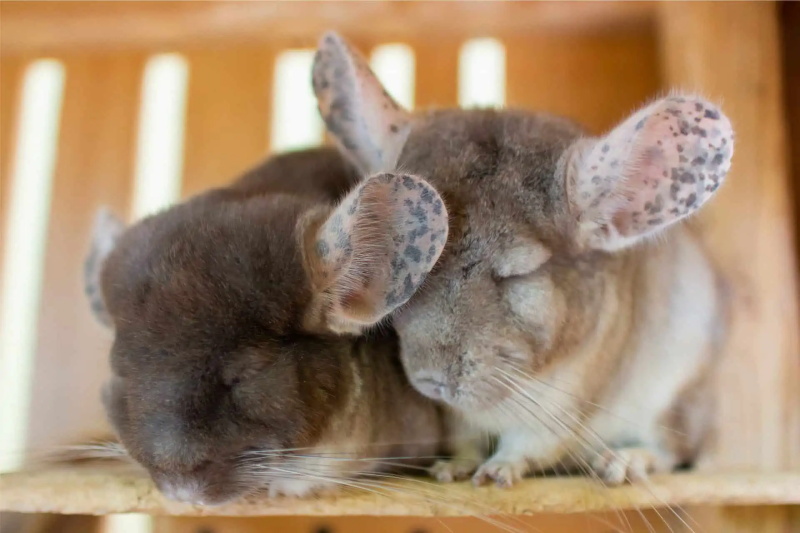
How to Groom Your Chinchilla’s Fur
Grooming your chinchilla’s fur is a simple and enjoyable process that can help you bond with your pet and keep them looking beautiful. Here are the steps you need to follow to groom your chinchilla’s fur:
- Give them a dust bath: The first step in grooming your chinchilla’s fur is to provide them with a dust bath. You should use a dust bath container that is large enough for your chinchilla to roll around comfortably, but not too big that they can escape easily. You should fill the container with about an inch of chinchilla dust and place it in your chinchilla’s cage or play area. You should let your chinchilla use the dust bath for about 10 to 15 minutes, or until they stop rolling and shaking. You should watch your chinchilla enjoy their dust bath and make sure they do not ingest any dust or get it in their eyes or ears. You should remove the dust bath after your chinchilla is done and clean it regularly to prevent bacteria growth.
- Hold them properly: The next step in grooming your chinchilla’s fur is to hold them properly so you can brush them without hurting or scaring them. You should use both hands to hold your chinchilla securely but gently, one hand under their chest and one hand around their hindquarters. You should avoid holding your chinchilla by their tail, ears, legs, or fur, as this can cause pain or injury. You should also avoid holding your chinchilla too tightly or too loosely, as this can make them feel uncomfortable or escape. You should hold your chinchilla close to your body and talk to them softly to calm them down and make them feel safe.
- Brush their fur: The final step in grooming your chinchilla’s fur is to brush their fur with a soft-bristled brush. You should start from the head and move down to the tail, following the direction of their fur growth. You should use gentle strokes and avoid pulling or tugging on their fur. You should also avoid brushing against the grain of their fur, as this can cause irritation or damage to their fur. You should brush your chinchilla’s fur until you remove any loose or dead hair and make their fur smooth and shiny. You should also check for any mats or parasites in their fur and remove them carefully if you find any.
How to Trim Your Chinchilla’s Nails
Trimming your chinchilla’s nails is a more challenging and risky process than grooming their fur, but it can be done safely and painlessly if you follow some precautions and tips. Here are the steps you need to follow to trim your chinchilla’s nails:
- Prepare the tools: The first step in trimming your chinchilla’s nails is to prepare the tools you will need for the task. You will need a small nail clipper that is designed for rodents or small animals, a styptic powder in case of bleeding, a flashlight or a magnifying glass to see the quick (the blood vessel inside the nail), and some treats to reward your chinchilla after the procedure. You should also have a towel or a blanket to wrap your chinchilla in if they are nervous or squirmy.
- Hold them properly: The next step in trimming your chinchilla’s nails is to hold them properly so you can clip their nails without hurting or scaring them. You should use the same technique as when grooming their fur, holding them securely but gently with both hands, one under their chest and one around their hindquarters. You should also wrap them in a towel or a blanket if they are nervous or squirmy, leaving only one paw exposed at a time. You should hold your chinchilla close to your body and talk to them softly to calm them down and make them feel safe.
- Clip their nails: The final step in trimming your chinchilla’s nails is to clip their nails with a small nail clipper. You should use a flashlight or a magnifying glass to see the quick (the blood vessel inside the nail) clearly and avoid cutting it. The quick is usually visible as a pink line or a darker spot at the base of the nail. You should cut the nail about 2 millimeters away from the quick, making a straight cut across the nail. You should avoid cutting the nail too short or too slanted, as this can cause pain or infection. You should clip one nail at a time, checking for the quick before each cut. You should also praise your chinchilla and give them a treat after each paw to make them feel more comfortable and cooperative.
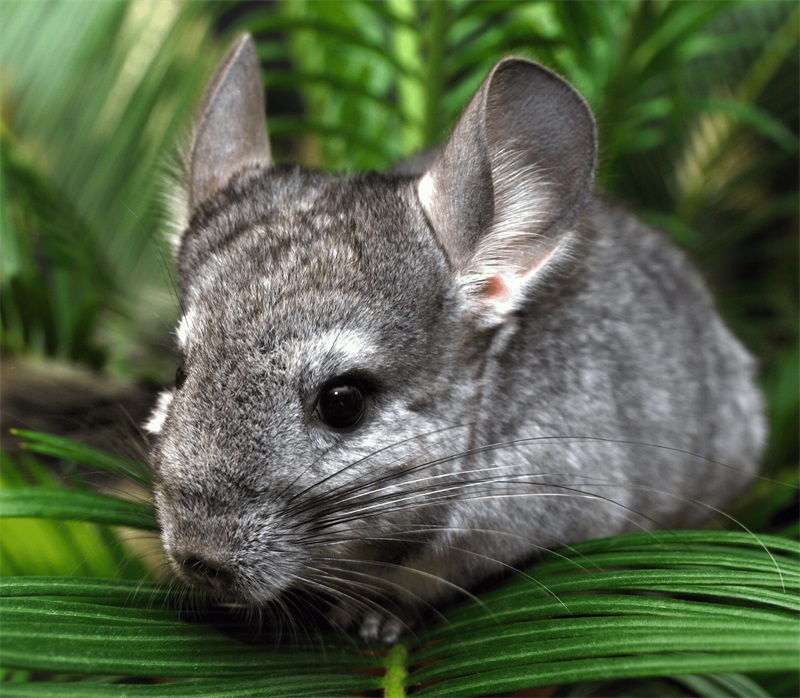
What to Do If You Cut the Quick
Sometimes, despite your best efforts, you may accidentally cut the quick and cause your chinchilla’s nail to bleed. This can be very scary and stressful for both you and your chinchilla, but it is not a life-threatening situation and can be handled easily if you act quickly and calmly. Here are some steps you need to follow if you cut the quick:
- Stop the bleeding: The first thing you need to do if you cut the quick is to stop the bleeding as soon as possible. You should apply some styptic powder to your chinchilla’s nail with a cotton swab or a tissue and press it gently until the bleeding stops. The styptic powder will act as a coagulant and help seal the wound and prevent infection. You can also use cornstarch or baking soda as alternatives if you do not have styptic powder. You should avoid using water or alcohol to clean the wound, as this can cause more pain or irritation.
- Comfort your chinchilla: The next thing you need to do if you cut the quick is to comfort your chinchilla and make them feel safe and loved. You should hold your chinchilla close to your body and talk to them softly and soothingly. You should also give them some treats and cuddles to distract them from the pain and stress. You should avoid scolding or punishing your chinchilla for being uncooperative or moving too much, as this can make them more fearful or resentful of you.
- Monitor the wound: The final thing you need to do if you cut the quick is to monitor the wound and make sure it heals properly. You should check your chinchilla’s nail regularly for any signs of infection, such as swelling, redness, pus, or odor. You should also make sure your chinchilla does not lick or bite their nail excessively, as this can delay the healing process or cause more damage. If you notice any signs of infection or abnormal behavior, you should take your chinchilla to the vet immediately for treatment.
Conclusion
Grooming your chinchilla is an important part of caring for their health and well-being. By following these steps, you can groom your chinchilla’s fur and trim their nails safely and painlessly. You can also bond with your chinchilla and make them feel more comfortable and happy with you. Remember to always be gentle and patient with your chinchilla and respect their needs and preferences. With proper grooming, your chinchilla will look and feel their best.
